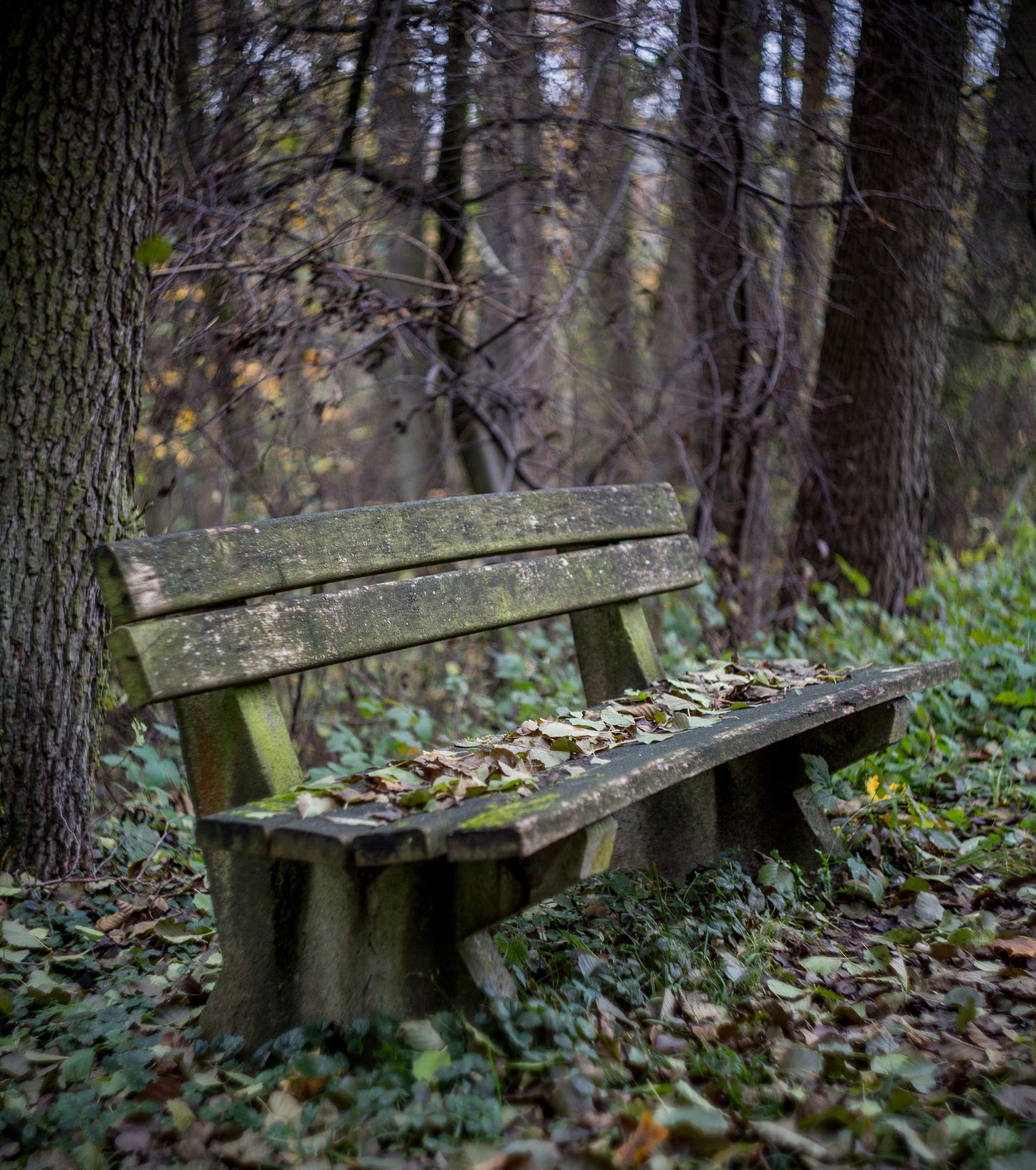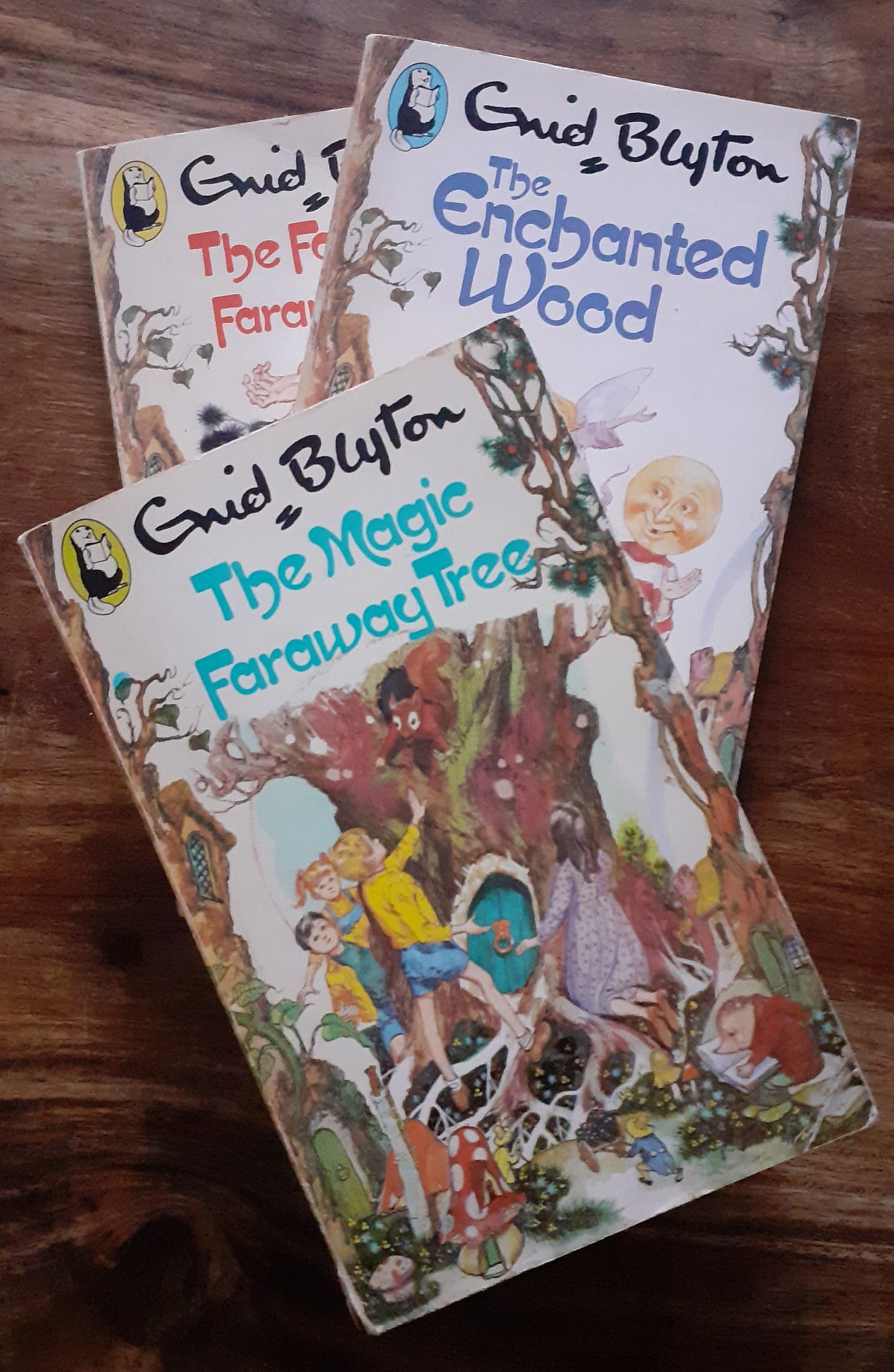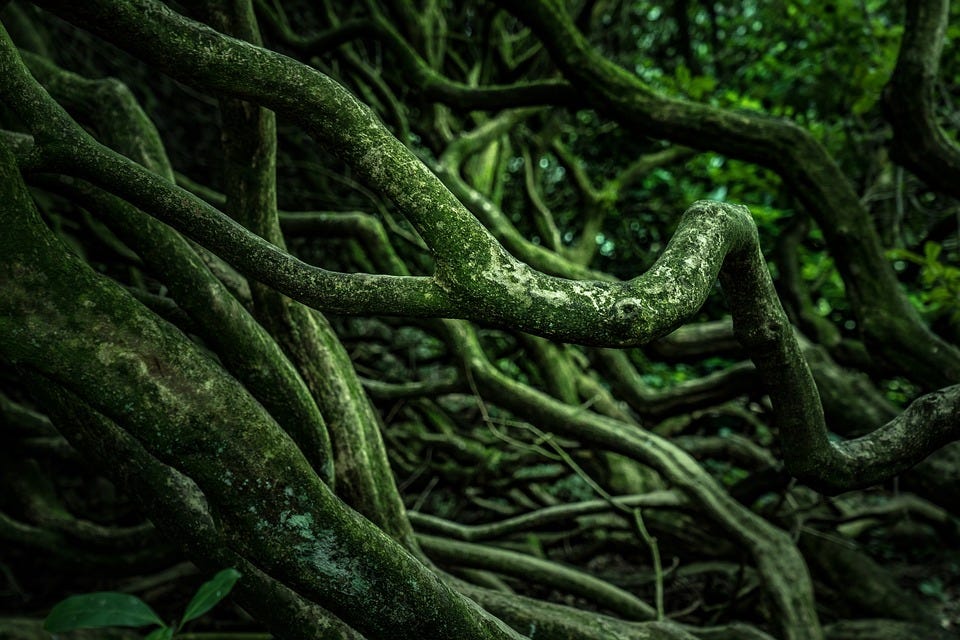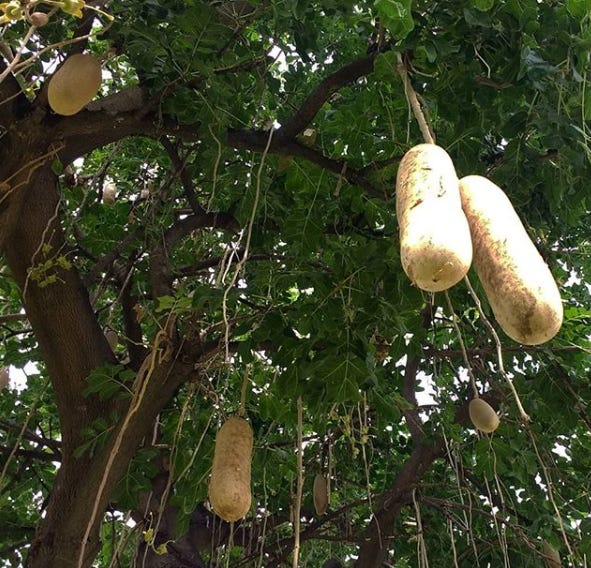"Come sit a while and I'll tell you a tale..."
The oldest thing alive in the world right now is the Great Basin Bristlecone Pine (Pinus longaeva.) Believed to be the oldest tree in existence, this ancient sentinel has silently watched history march by for the last five thousand years. Putting this into context - the oldest tree currently alive on our planet, was a sapling before the Great Pyramid of Giza in Egypt was built.
Surprisingly, the harsh conditions the tree endures are actually what ensures its extremely long life. Very cold temperatures and exposure to high winds means it grows very slowly indeed, forming multi-trunked, gnarled, and very dense, reddish-brown wood. This wood is resistant to insects, fungi, rot, erosion, and on the rare occasions they've happened, wildfires, (the lack of vegetation in the regions where they grow means the pines aren’t really exposed to this peril.) Even the needles on these fascinating trees can last up to thirty years, allowing the tree to conserve energy that would otherwise be diverted into growing new ones.
However, despite its great age, it could be argued that the Bristlecone Pine isn’t actually the oldest living thing on our planet. Stories are way older than that.
One of my very favourite story-tellers (the great Neil Gaiman,) makes an eloquent comparison;
“Like very old trees, stories are living, breathing entities which share information from the past.”
In a recent lecture, he told the ancient tale of two Egyptian brothers, records of which have been found preserved on papyrus. Although some of the finer details have inevitably been embellished and re-woven over time, this very same story is still being told in the oral tradition today. Like the Great Basin Bristlecone Pine, these yarns were made to last - surviving despite (quite possibly even because of,) the harshest human conditions. Over the centuries they continue to grow in strength and character - changing and evolving with each re-telling.
I’ve always been a fan of trees and stories. I’m even more of a fan of listening to tales told under (or even up) a tree. It’s truly lamentable that less and less children are inclined to seek out this joyous pastime. Even worse, that adults are positively discouraged from engaging in such a delightful act, which is (for no real good reason that I can think of,) so frowned upon by Society.
Just for a moment or two, imagine you’ve been transported into the middle of an ancient wood. The strong trunk of a tree is supporting your back. The gentle rustling of the leaves quietens to a whisper, as even the wind slows down to listen.
Lean in. I have a tale to tell.
Enid Blyton inspired children everywhere to climb trees in search of magical lands. These are my cherished, original (and very well-thumbed) copies of The Magic Faraway Tree books.
The Story of the Tun Tree
The following story is taken from a wonderful children’s book entitled The Natural Storyteller by Georgiana Keable. As the author writes:
“A book is a seed packet full of amazing story seeds. When you open and read it, you plant it in yourself.”
A “tun tree” is the name given to any tree which is cared for as if it was a member of the family. In return it offers blessings and protection. This traditional fairy story alludes to the idea of trees as guardians, and has many different versions, depending on where in the world you find it.
Story read by me, shared with kind permission of the author Georgiana Keable.
The Future Library
This week I learned about a beautiful project entitled The Future Library.
This public artwork aims to collect an original work by a popular writer every year until 2114. The works will remain unread and unpublished until that date - which is just under one hundred years from now. Think of it - the very first people to lay eyes on those pages aren’t even born yet!
A thousand trees were specially planted for the project in the Nordmarka forest in Norway, from which a hundred manuscripts will be printed in limited-edition anthologies using paper made from the trees. The identity of each contributing author is announced yearly around October. The following Spring, their submissions are handed over in a special ceremony, held in the forest where the trees are growing.
The Sausage Tree
I know you shouldn’t have favourites, but a tree I have a truly deep affinity for, is surely, one of the most unusual.
Kigelia africana is also known as The Sausage Tree.
The Sausage Tree cuts an impressive figure, growing up to twenty metres tall and bearing long dangly fruits that can weigh up to 10 kg. I’ve heard tell that mothers warn their children never to walk, or seek shade under the tree, as it’s been known to drop the heavy sausages on small, unsuspecting heads.
The Sausage Tree is sacred to many communities, and protected even when other trees in the forest are being cut down. This is because of its valuable medicinal properties which range from helping young men to “improve their manhood” to soothing the maddening itch of eczema. As well as anecdotal evidence from traditional use, there now exists a significant body of scientific research to support its efficacy.
I first learned about this tree from my friend and mentor Sharn Nulty Harper, who not only has a deep knowledge of the use of herbs for skincare, is possibly one of the most generous and kind human beings I’ve ever had the honour of knowing. We met on a workshop in Cornwall in 2017 where she shared with me her tried and trusted formulation which has been one of my most requested herbal remedies ever since.



Sausage Tree Cream & Body Lotion is available to purchase from my website. Customers in the US can source directly from my beautiful and extremely knowledgeable distributor Ashton (more on the story behind our collaboration coming soon.)
Last but not least;
Before I sign off, I simply have to give a big shout out to Judson Carroll and his rather good Substack newsletter (that’s an understatement, it’s excellent - you should definitely go and check it out.)
A few weeks ago we sat down together and had a really nice chat about lots of things including herbal bitters, Bach Flower Remedies, and the conundrums faced by foragers. If you feel so inclined, you can listen to us garble on here.
Judson has written a rather outstanding book on the topic of Medicinal Shrubs & Woody Vines of the American South, Mid-Atlantic Region. It’s available both in paperback and as a PDF download and is highly recommended.
That’s all for now.
I hope I’ve communicated in some small way, just how ecstatically enthusiastic I am about trees, and that enough of it will rub off to make you want to tell someone else about them.
Part of my job (and responsibility) as a herbalist is to ensure that traditional knowledge continues to be passed on to future generations and doesn’t get lost in the ether of time. As a reader, you’re helping to make this happen. THANK-YOU.
If you know someone else who holds this view, please consider sharing this post with them, or even better, gifting them a subscription so they can delve deeper into this knowledge with their own families and communities.
I’m truly grateful for your support.







Blissful and magical as always! Particularly given my druidic training.
Love this!
“A book is a seed packet full of amazing story seeds. When you open and read it, you plant it in yourself”
Great article read 📕